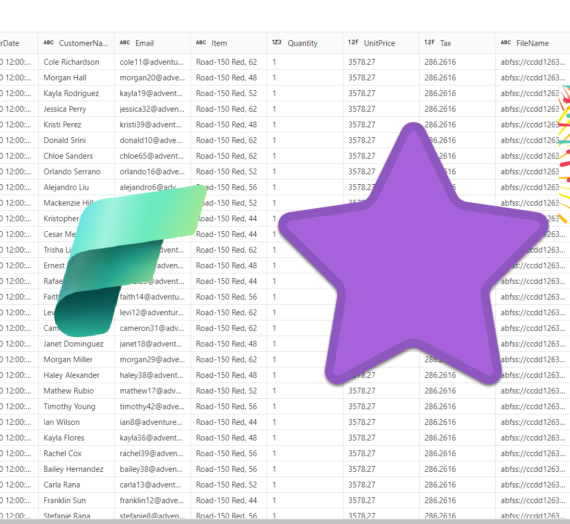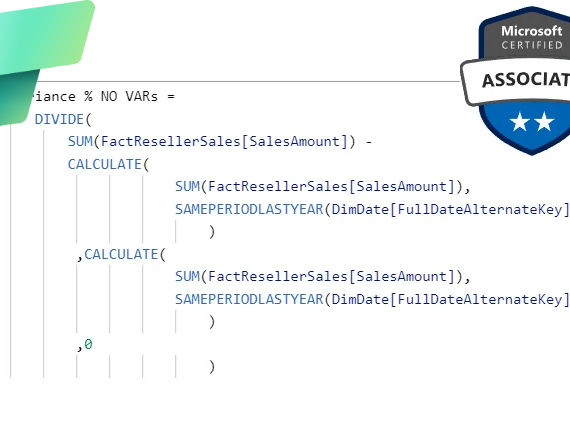Many times, and especially in a few recent months, I’ve been asked the following question:
How do you manage to do all of this?!
Since I’ve been answering the same question multiple times in multiple occasions, I thought it would may be a good idea to share everything in the form of the blog post, so everyone can potentially benefit from it. So, here it is, this is my story about finding my own mojo (btw, mojo stands for a “special magic power”, “talisman”).
DISCLAIMER: This is totally non-technical blog post (although I may mention specific tools and products here and there), hence if you expect to learn some technical stuff, this blog is not for you.
Everything you read in this blog post is MY, and only MY experience, reasoning and thinking about various things. Therefore, I'll write in 1st: "Why I'm doing this", "This resonates with ME", and so on. Please keep that in mind throughout the blog, as I'll never say "YOU should this", or "YOU should that".

Now, going back to the question above: “How do I manage all of THIS?”…Let’s first see what does THIS mean. Here is the list of the things I’m currently doing (as of May 2024) and that I did in the previous 365 days:
- Working 3 days per week for a major client (where I’m lucky to be surrounded by very bright and skilled people and working on the cool project)
- Working for multiple smaller clients on ad-hoc projects (fire-fighting, performance troubleshooting, advising, mentoring, etc.). Workload on these projects may vary from week to week, but it’s usually somewhere between 6 and 12 hours per week
- Working as a contractor for Pluralsight as an author, where I created 8 courses in the previous 365 days
- Working as a contractor for O’Reilly Media as live training instructor, where I’m soon to kick-off my first live trainings
- Running my own learning platform at http://learn.data-mozart.com/
- Speaking at various events – conferences, user group meetings, etc.
- Blogging here at https://data-mozart.com/
- Running a YouTube channel
- Running a free Power BI Bootcamp together with many community friends, where I’m leading two learning groups (2-hour per week)
- On top of all these stuff (or maybe it’s better to say: before all of these) I have a family (wife and two kids, my daughter is almost 11 and my son is 6)
Looks like a lot, right? And, maybe some of you are wondering: HOW? As my good friend, Lars Schreiber once infamously labeled me as “the man who never sleeps” (😂😂), I’ll tell you straight away that this couldn’t be more far from the truth! I sleep just enough (although shorter in recent years, which is probably related to my age, haha) and I sleep well. So, it’s definitely not that non-sleeping enables me to manage all the items from the list above.
Let’s first start with explaining WHY I’m doing all of this, before we move on to HOW…
WHY I’m doing all of this?
The answer can’t be simpler – because I LOVE IT! I love it a lot! And, when you love something, you feel more fulfilled and energized when doing it. After I finish writing a blog at 11pm, I don’t feel tired – I feel energized. When I come back from a business trip at 2am and the next day do two blocks of 2-hour free Power BI sessions, I don’t feel tired – I feel energized.
Here are some of the core principles I adopted over time and tried sticking with them:
Embrace imperfection
If I waited for “that” perfect blog post to start blogging, data-mozart.com would have been still available domain to buy (or mybe owned by someone else, haha). If I waited for “that” perfect video to start publishing on YouTube, Data Mozart channel would have been existed only in my dreams. I believe you get the point…
You don’t need to be a professional writer to start a blog, nor you have to create perfect video to start sharing your knowledge and experience. When I look at my initial blog posts and videos, I’m not proud at all! But, I’m grateful that I started and had a chance to improve and develop over time.
Embrace the fact that you don’t know (and you don’t need to know) everything
Kurt Buhler is one of my favorite authors in data community. He wrote an amazing blog post: “Does it feel like too much?” I strongly encourage you to read Kurt’s article, as this is exactly how majority of people (including me) feel. Now, being aware of the fact that “you don’t know everything”, may produce at least two possible reactions: either you give up and stick with “what you know”, or you try to learn as much you can. I belong to latter group.
A fact that I don’t know everything (and that I will never do), has a “sparkling” effect on me – I want to read, watch, listen, to learn as much as I can. Because, again, learning makes me feel better and more energized. Therefore, in the evenings, when kids go to bed and I have spare time, I like reading tech books (but also “regular” books) or watching sessions I missed because of other conflicting events.
Should you do the same? Only, and only, if you enjoy it! Again, this is how I’m “built” and what makes me feel good. My point here is: reading, watching and “breathing” data (or any other topic that you thoroughly enjoy) will not lead to a burnout – if you sincerely like it – I haven’t heard anyone being burned out by doing things they like…
Discover your strengths
Once you find your mojo (talisman), and you start pushing to get better and better in honing skills, I found one approach especially interesting. I don’t know about you, but I was taught when I was younger, that I should figure out what are my weak points and try to improve them. I’ll give you a simple example: I was very good with math and similar subjects in the school, but not so good with others. And, I was pushing hard to get better and improve in this “others” category.

Then, I’ve read the book: “Discover your strengths” and it totally resonated with me. The idea is very simple: find your strengths, your strong points, and focus on honing these strengths to become better in these skills. We as a human race enjoy when we are successful in something. This means, my strengths help me to be successful in certain domain – the more I work on my strengths, the greater chances I have to continue being successful. So, my point here is: embrace the fact that you (the same as me and everyone else) have strong and weak points and don’t be desperate to improve your weak points at any cost…
HOW do I do this?
Ok, I explained why I’m doing all of these and what are some of the principles that work for me. Let me now try to share the “HOW” part – or, which principles I apply to manage all the tasks.
Getting things done
There is a famous book with that name (“Getting things done”) and it’s really amazing. My “GTD” concept is slightly different and adjusted to my own working framework. So, every Monday (or any other day when I’m starting my working week), I put a list of tasks that I WANT to complete during that specific week. Please note, that I don’t put tasks that MUST be done, but that I want to get done. Sometimes, I put two tasks, sometimes seven. This depends on various things, such as:
- How much “MUST-get-done” tasks I have in that week
- How much time I plan to spend on my “WANT” tasks
- How complex those tasks are (i.e. creating a module for Pluralsight course requires way more time than recording a 5-minute YouTube video)
I try to be as realistic as possible and I consider this of paramount importance (at least, it’s to me). So, if I think that I can complete two tasks in the week, I put only these two tasks. And, I feel happy and satisfied when I complete them. My point here is: I feel better completing 2/2 tasks in a week, than completing 4/6 tasks. I know it sounds a little bit weird, but that’s how I see it:) When I complete 2/2, I feel like I fulfilled my weekly plan, whereas with 4/6 I feel like I need to carry over two tasks to the next period.
Of course, and this is also important, there are situations when some unpredictable things happen and I need to adjust the plan and accept that I can’t complete everything I planned (i.e. family stuff, some urgent must-get-done tasks, etc.). I embrace this possibility and it’s totally fine…
Here is the best possible example: do I love attending data events? Absolutely! Both speaking and hanging out with like-minded people makes me happy and energized. However, my son will start school this September and I need to take him to school and pick him up. So, I simply haven’t submitted (and won’t submit) at any in-person event starting from September…Understanding priorities is one of the key principles!
But, if there are no “side-obstacles” and I don’t complete my list…Well, I’m getting nervous and trying to plan better for the coming period.
In regards of creating a task list, I create high-level tasks, and literally write them on the piece of paper. This could be a typical example:
- Write blog post
- Prepare a session for the conference X
- Create a demo on topic Y
Conclusion
Uh, it’s already been a lot of reading:) In case you made it so far, thank you for your attention. To summarize the key message as my answer to the question: “How do you manage all of this?”
- I found my mojo (a “magic” thing that makes me happy and energized)
- I embraced various principles which help me stay aware where I am and where I want to be
- I figured out the approach that works good for me
Again, and this is a key takeaway: YOU shouldn’t do the same if you don’t feel like you SHOULD do it. But, in case you feel like you SHOULD, then I hope this post will help you to achieve your goals (and maybe find your own mojo). In that case, please let me know, as being able to help others is another huge energizing boost for me:)
Thanks for reading!
Last Updated on May 19, 2024 by Nikola




